jotul wood burning insert smokes
ithinkican_2007
17 years ago
Related Stories

LIVING ROOMSHow to Convert Your Wood-Burning Fireplace
Learn about inserts and other options for switching your fireplace from wood to gas or electric
Full Story
FIREPLACESUpdated Woodstoves Keep Home Fires Burning
Better technology means more efficiency than ever for modern woodstoves
Full Story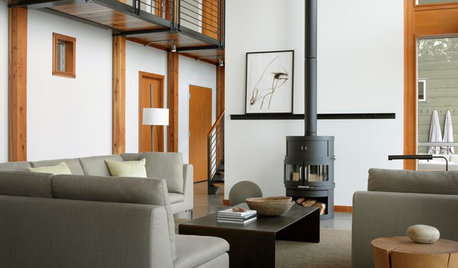
REMODELING GUIDESClean-Burning Woodstoves Ignite a Greener Heating Trend
No need to rely on oil or gas to heat your home — new woodstove designs burn cleanly and are beautiful to boot
Full Story
KITCHEN APPLIANCESThe Many Ways to Get Creative With Kitchen Hoods
Distinctive hood designs — in reclaimed barn wood, zinc, copper and more — are transforming the look of kitchens
Full Story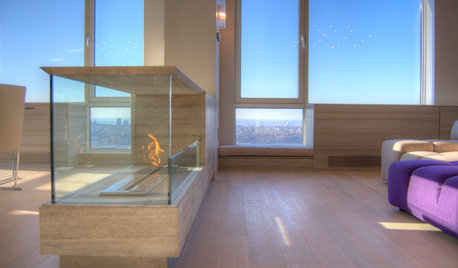
FIREPLACESDesign Workshop: Is an Ethanol Fireplace Right for You?
Learn the pros, cons, types, cost and more details about ethanol, or gel-fueled, fireplaces
Full Story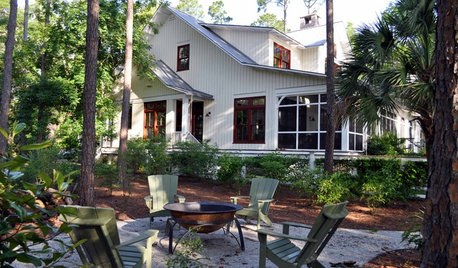
GARDENING AND LANDSCAPING10 Tips for Using Outdoor Fire Bowls
How to get your summer campfire fix on the patio
Full Story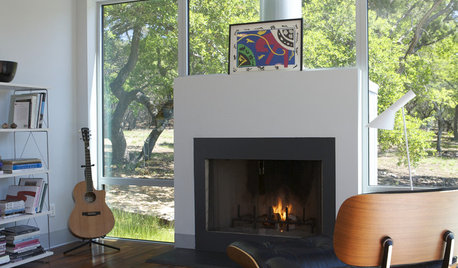
REMODELING GUIDESModern Metal Fireplaces Open World of Possibilities
Allowing way more natural light than traditional fireplaces, and with some not even needing a vent, metal fireplaces are a major improvement
Full Story
KITCHEN DESIGN16 Practical Ideas to Borrow From Professional Kitchens
Restaurant kitchens are designed to function efficiently and safely. Why not adopt some of their tricks in your own home?
Full Story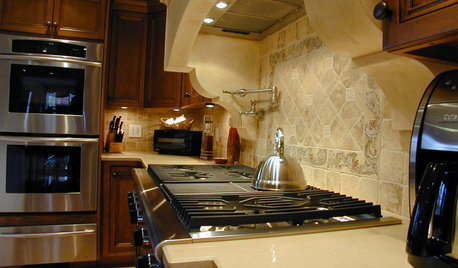
KITCHEN DESIGN8 Kitchen Design Tips for Foodies
If you own at least one pricey knife and have a slew of kitchen tools, you’ll want to read this
Full Story





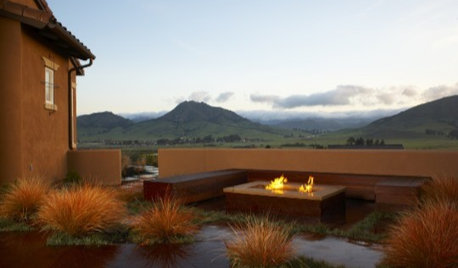
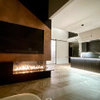

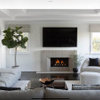
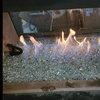
Xanndra
ithinkican_2007Original Author
Related Professionals
Aurora Fireplaces · West Valley City Fireplaces · Glenbrook Interior Designers & Decorators · Auburn General Contractors · Country Club Hills General Contractors · Eatontown General Contractors · Franklin General Contractors · Havelock General Contractors · Hayward General Contractors · Leominster General Contractors · Marinette General Contractors · Miami Gardens General Contractors · San Elizario General Contractors · Signal Hill General Contractors · Winfield General Contractorsmountainstoveguy
ithinkican_2007Original Author
mountainstoveguy
ithinkican_2007Original Author
jerry_nj
ithinkican_2007Original Author
ralmstrom_maine_rr_com